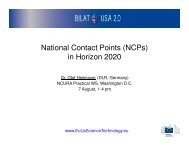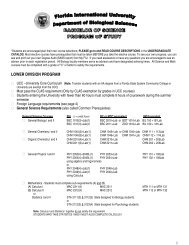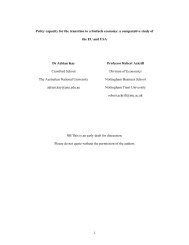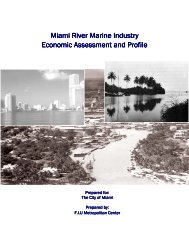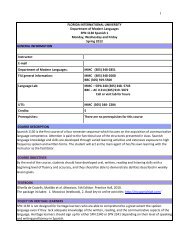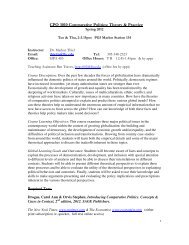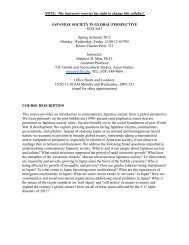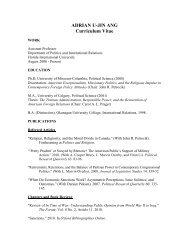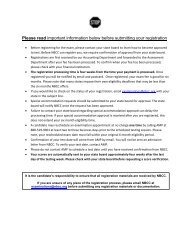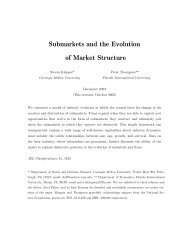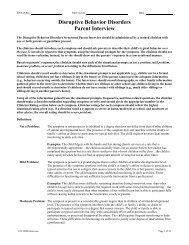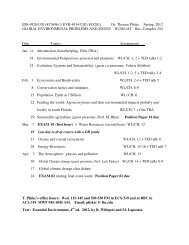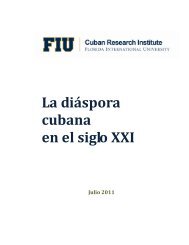GERMANY AS A
GERMANY AS A
GERMANY AS A
Create successful ePaper yourself
Turn your PDF publications into a flip-book with our unique Google optimized e-Paper software.
© Picture-alliance / dpa<br />
50 YEARS OF THE ÉLYSÉE TREATY<br />
MÉNAGE À DEUX<br />
The 1970s saw international economic problems multiply:<br />
the Bretton Woods monetary system disintegrated,<br />
replaced by floating exchange rates, while the<br />
world was shaken by oil shocks, economic crisis and<br />
rising unemployment.<br />
In the face of these difficulties, Germany’s Chancellor<br />
Helmut Schmidt and France’s President Valéry Giscard<br />
d’Estaing formed an effective, youthful tandem with a<br />
more pared-down, modern style. That is not to say that<br />
Germany and France always agreed – but their<br />
constant dialogue made progress possible.<br />
Hélène Miard-Delacroix, professor and Franco-German<br />
relations expert at the Sorbonne, writes, “This was one<br />
of those phases in Franco-German political relations<br />
during which the constraints imposed by the Élysée<br />
Treaty were superfluous”.<br />
The “Abibac” was instituted as a Franco-German combined higher<br />
education entrance qualification.<br />
The years 1970-1980 saw the election of a European<br />
Parliament by universal suffrage and the<br />
creation of the European Space Agency (ESA) as<br />
well as Franco-German schools and a Franco-<br />
German baccalaureate.<br />
Franco-German coordination spread from the bilateral<br />
to the European level and onto the world stage. Valéry<br />
Giscard d’Estaing and Helmut Schmidt helped create<br />
the G7 to bring together the world’s most industrialized<br />
countries, as well as the European Council, which<br />
would ensure regular meetings for Europe’s heads of<br />
state and government.<br />
President Valéry Giscard d’Estaing (l.) and Chancellor Helmut Schmidt (r.)<br />
The “snake in the tunnel” currency band of 1972 and<br />
the European Exchange Rate Mechanism (ERM) that<br />
followed in 1978 made it possible to stabilize the<br />
currencies of Europe. These were the foundations of<br />
the future European monetary union.<br />
The European Parliament has been elected by universal suffrage since 1979.<br />
© Picture-alliance / dpa<br />
© Picture-alliance / dpa



